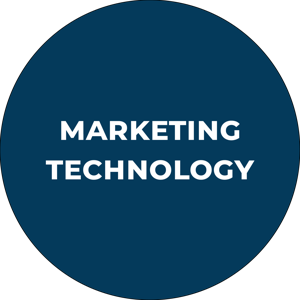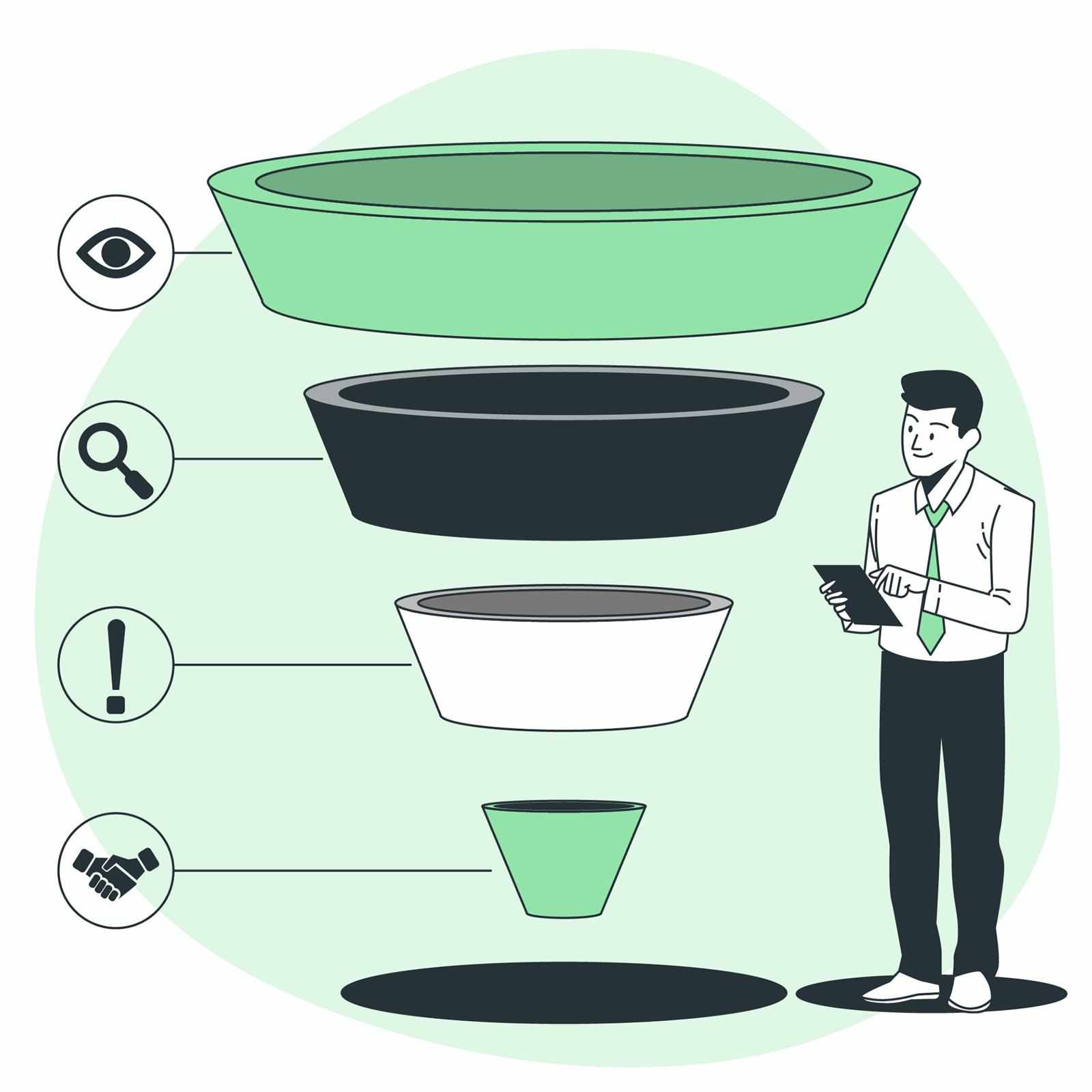
In today’s competitive market, businesses must prioritize lead qualification for better business outcomes. Without an effective strategy, companies risk wasting valuable resources on unqualified leads that do not convert into paying customers. Identifying high-quality leads is essential for accelerating your sales pipeline, increasing revenue, and improving marketing efficiency.
This blog will explore the importance of lead qualification, how to calculate lead quality, and strategies to optimize your sales process.
Why Lead Qualification Matters for Better Business Outcomes
Before diving into lead identification strategies, let’s first understand why lead qualification for better business outcomes is a critical factor in driving success. When sales teams pursue unqualified leads, they waste time and effort on prospects who are unlikely to make a purchase. This results in lower conversion rates, misalignment between marketing and sales, and ultimately, lost revenue.
Effective lead qualification ensures that your team focuses on leads with the highest potential to convert. This improves sales efficiency, optimizes marketing spend, and enhances overall business performance.
How to Identify High-Quality Leads
1. Define Your Ideal Customer Profile (ICP)
The first step in identifying high-quality leads is defining your Ideal Customer Profile (ICP). This includes:
Demographics: Company size, industry, and location
Firmographics: Revenue, employee count, and market position
Pain Points: Challenges your product/service can solve
Decision-Making Process: Who makes the final purchase decision?
When marketing and sales teams align on the ICP, it becomes easier to qualify leads that match these characteristics, ensuring lead qualification for better business outcomes.
2. Implement a Lead Scoring System
Lead scoring is a crucial strategy for measuring lead quality. It assigns numerical values to leads based on various factors, such as:
Engagement Level: Website visits, email opens, and content downloads
Demographic Fit: How closely the lead matches your ICP
Behavioral Intent: Interaction with your brand and purchase readiness
A well-defined lead scoring system allows marketing teams to prioritize leads with the highest conversion potential, directly contributing to lead qualification for better business outcomes.
3. Use Data Analytics to Refine Lead Qualification
Leveraging data analytics helps businesses gain insights into customer behavior and trends. Marketing teams can use CRM data to track:
The most effective lead sources
The average time taken to convert a lead
Key indicators of high-value customers
By analyzing past sales and marketing performance, businesses can refine their lead qualification for better business outcomes and enhance conversion rates.
4. Align Marketing and Sales Teams for Seamless Lead Handoff
One of the most common challenges in lead qualification is the disconnect between marketing and sales. To ensure high-quality lead conversion, both teams must:
Establish a shared definition of a qualified lead
Set up a streamlined lead handoff process
Use CRM tools to track and nurture leads effectively
When marketing provides well-qualified leads, sales teams can focus on closing deals instead of filtering out unqualified prospects. This approach strengthens lead qualification for better business outcomes.
5. Leverage AI and Automation in Lead Qualification
AI-driven tools and automation streamline the lead qualification process by:
Scanning and analyzing customer data to predict purchase intent
Automating lead scoring and segmentation
Personalizing outreach efforts based on customer behavior
With AI, businesses can reduce manual effort, improve accuracy, and enhance lead qualification for better business outcomes.
Calculating Lead Quality and Setting Goals
To measure lead quality and determine success, businesses need a quantitative approach. Here’s how:
1. Calculate Lead-to-Customer Conversion Rate
The lead-to-customer conversion rate helps measure the effectiveness of your lead qualification strategy. The formula is:
Conversion Rate (%) = (Number of Converted Leads / Total Leads) × 100
A higher conversion rate indicates strong lead qualification for better business outcomes.
2. Track Customer Acquisition Cost (CAC)
Understanding the Customer Acquisition Cost (CAC) helps evaluate whether your marketing efforts are cost-effective. The formula is:
CAC = Total Sales & Marketing Expenses / Number of New Customers Acquired
A lower CAC means your lead qualification process is efficient and optimized for better returns.
3. Monitor Sales Cycle Length
Shorter sales cycles indicate that your team is focusing on high-quality leads, leading to better business outcomes. Tracking the average time taken to close deals helps refine your lead qualification strategy.
Final Thoughts: Boosting Your Sales Pipeline with Lead Qualification
A strong lead qualification for better business outcomes strategy is essential for maximizing sales efficiency and revenue growth. By defining your ICP, implementing lead scoring, using data analytics, and aligning marketing and sales, businesses can identify and convert high-quality leads effectively.
Investing in AI-driven tools and automating lead qualification further enhances efficiency, ensuring that your team focuses on the best opportunities. With the right approach, businesses can accelerate their sales pipeline and achieve sustainable growth.
Would you like further insights on optimizing your lead qualification strategy? Let’s discuss in the comments!




















Write a comment ...